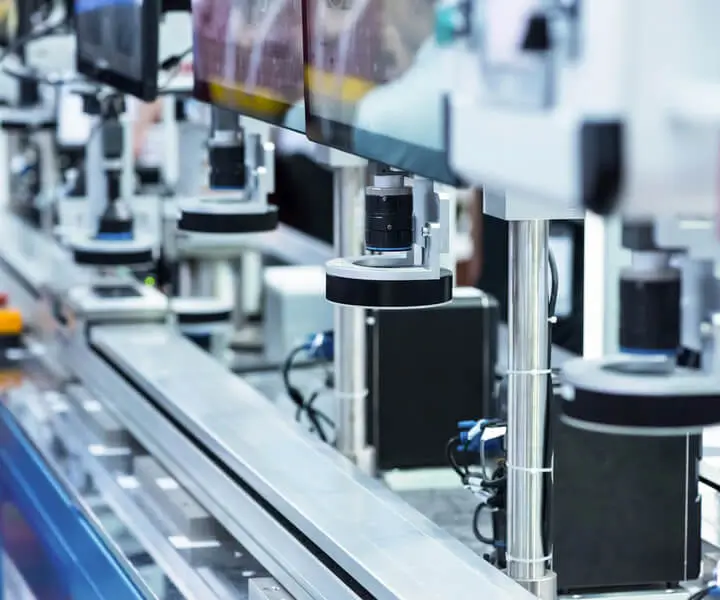Sure! Here’s the first part of your soft article on "brushless servo motor control Arduino," crafted to be attractive, informative, and engaging.

part 1:
Unleashing Potential: The Power of Brushless Servo Motors in Modern Engineering
Imagine a tiny, silent powerhouse that can rotate with pinpoint accuracy, silently and efficiently powering everything from advanced robotics to drone flight. That’s the magic of a brushless servo motor. These components represent the pinnacle of precision and durability in modern motor technology, transforming how machines move, adapt, and perform.
What Are Brushless Servo Motors?
At a glance, a brushless servo motor — or BLDC (Brushless DC) servo motor — is an electronically commutated motor designed to deliver high torque, outstanding efficiency, and superb control. Unlike brushed motors, they don’t rely on physical brushes to switch current; instead, they use electronic switches—often MOSFETs—to deliver current to windings in a controlled sequence. This results in less wear and tear, higher lifespan, and smoother operation.
Why Are They Popular?
The advantages are compelling:
High Precision: With integrated sensors or feedback systems, brushless servo motors deliver exact position and speed control. Efficiency & Longevity: No brushes mean less maintenance, with less heat produced and a longer operating life. Power-to-Size Ratio: They provide high torque in compact packages, ideal for tight spaces. Quiet Operation: Unlike brushed counterparts, they run smoothly and quietly, making them perfect for applications where noise is a concern.
The Role of Control in Brushless Servos
Control is the heart of what makes brushless servo motors so versatile. Just as a conductor guides an orchestra, a control system manages current and feedback signals to keep the motor running exactly as desired. And this is where Arduino comes into play.
Arduino: The Hobbyist’s Maestro
Arduino, with its open-source simplicity and vast community support, has become synonymous with DIY electronics. It’s a microcontroller platform that can interpret signals, generate PWM signals, read sensors, and interface with a vast array of hardware — making it an ideal brain for controlling brushless servos.
Why Use Arduino for Brushless Servo Control?
Ease of Use: With user-friendly programming environments, beginners and experts alike can tackle complex control algorithms. Flexibility: Arduino can support various sensors, encoders, and power modules, adapting to different project needs. Affordability: It’s budget-friendly, making sophisticated motor control accessible. Community Support: An active community is continually sharing code, tutorials, and troubleshooting tips.
Understanding the Control Signals
Controlling a brushless servo motor entails managing three main elements:
Power Supply: Supplying adequate voltage and current. Motor Driver: An electronic circuit that interprets control signals and switches current. Feedback Mechanisms: Sensors like encoders or Hall effect sensors provide real-time data on position and speed.
Basic Components Required
To get started with Arduino-controlled brushless servo motors, you’ll need:
An Arduino board (Uno, Mega, or other models) Brushless servo motor (with integrated or external sensors) Suitable motor driver/controller (like ESCs designed for brushed or brushless motors) Power supply compatible with your motor specifications Sensors for feedback (if not integrated) Connecting wires and breadboard or PCB for prototyping
The Challenges to Overcome
While the idea sounds straightforward, controlling brushless motors with Arduino has its complexities:
Precise Timing: Brushless motors require accurate commutation — switching the current at just the right moments. Feedback Loop: Achieving precise positional control depends on reading sensor data accurately. Electrical Noise: Motors produce electromagnetic interference that can disrupt signals, so proper wiring and filtering are essential. Software Complexity: Writing the code to synchronize commutation, feedback, and speed control can be sophisticated.
Getting Practical: First Steps in Control
A typical approach involves the following:
Use a sensor (like a Hall effect sensor) to detect rotor position. Read sensor data through Arduino. Generate PWM signals to control the motor driver. Implement a control algorithm—such as PID—to manage speed and position. Test and refine the control parameters for better performance.
The Joy of DIY: Building Your Own Brushless Servo System
Getting started doesn't need to be intimidating. Many hobbyists and engineers share projects on online platforms that include detailed schematics, sample code, and troubleshooting tips. Whether designing a robotic arm, a drone, or an automated conveyor, the flexibility of Arduino paired with brushless servo motors unlocks numerous possibilities.
Leveraging innovations in modular drive technology, Kpower integrates high-performance motors, precision reducers, and multi-protocol control systems to provide efficient and customized smart drive system solutions.




































